May 10, 2024 | 18:58 GMT +7
May 10, 2024 | 18:58 GMT +7
Hotline: 0913.378.918
May 10, 2024 | 18:58 GMT +7
Hotline: 0913.378.918
Mr. Che is 65 years old but still works hard all day and night. Due to the flood, people in the old man's hometown (Cam Van commune, Cam Thuy, Thanh Hoa) could only grow one rice crop but had to save for the whole year. When people abandoned their fields, he discussed with the local government renting the land to make a large sample field. He chaired a meeting with inter-family groups in the commune and proposed a plan to rent land. Bad land was rent for VND 200,000–300,000/rod/year (1 rod equals to 500 m2), and for good land he was willing to pay up to millions.
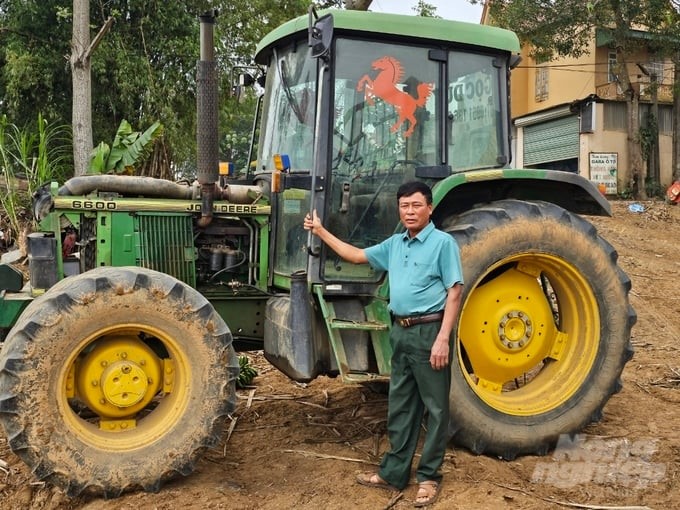
Mr. Tran Ngoc Che invested in a series of machines to intensively cultivate raw sugarcane in Cam Van commune, Cam Thuy district (Thanh Hoa). Photo: Quoc Toan.
Having land, Mr. Che rented machinery and mobilized his children to help improve the irrigation system tens of kilometers long to pump and drain water for the sugarcane field. After more than ten years of diligently consolidating land by exchanging plots, he had 40 ha of land specializing in sugarcane farming.
Initially, after accumulating land, he considered growing high-quality rice and raising cows, but eventually changed his mind. He explained: "If raising cows gets risky, it takes a long time to recall capital. If growing rice in a large field, it only takes one flood to lose everything. Sugarcane has good endurance, so it can adapt to long-term drought or rain. Besides, sugarcane production does not need to worry about output, but sugar factories purchase on the spot and pay money right at the shore, so the income is stable."
With the large sugarcane area, Mr. Che decided to borrow money from the bank to buy land-tilling machines and sugarcane planting machines to apply synchronous mechanization. "If applying mechanization, one rod of sugarcane only costs VND 200,000 for motor oil, but if done manually, it costs up to VND 1 million," he said.
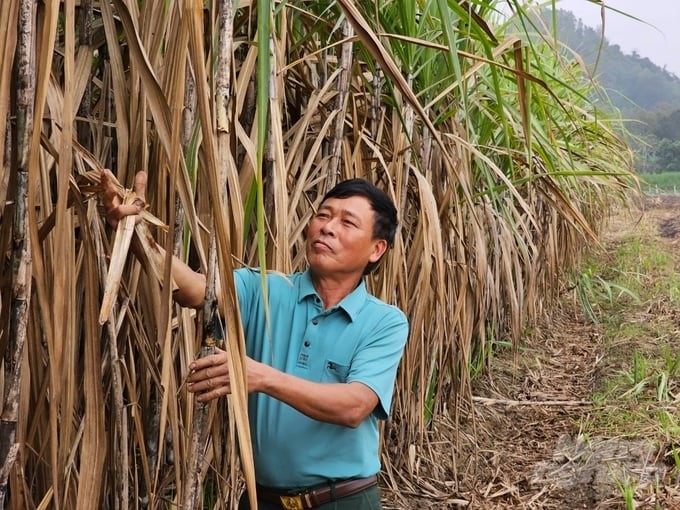
Mr. Tran Ngoc Che has about 40 ha of sugarcane, yielding about 4,000 tons of raw sugarcane each year. Photo: Van Hung.
Even though he has the largest sugarcane area in Cam Van commune, he is still not satisfied. Last year, he came to Quy Loc town (Yen Dinh district) to look for land to grow sugarcane.
Taking us to visit the sugarcane field and then self-plucking the leaves off, Mr. Che said that he is now gradually converting to growing high-quality sugarcane. The sugar factory made a condition that his sugarcane must have a yield of 100 tons/ha to be bought at a high price. He had available machinery, manpower, and land, so he agreed immediately.
After many years of working in sugarcane, Mr. Che received the trust of Lam Son Sugar Factory, so borrowing capital to invest in expanding production was quite convenient. Up to now, he has dozens of large machines worth billions of dong, ten times more powerful than the herd of buffaloes in the commune. This year, he won the sugarcane crop at a high price, so he bought two more trucks to proactively supply sugarcane to the factory and support farmers in transporting sugarcane and materials.
He is only hard when the stormy season comes. Every year, he has to go to the fields to sleep with sugarcane for a few months so that he can save sugarcane when it is flooded. He waited until sugarcane had nodes before returning home. Last year, he bought two large-capacity pumps for convenient irrigation and drainage.
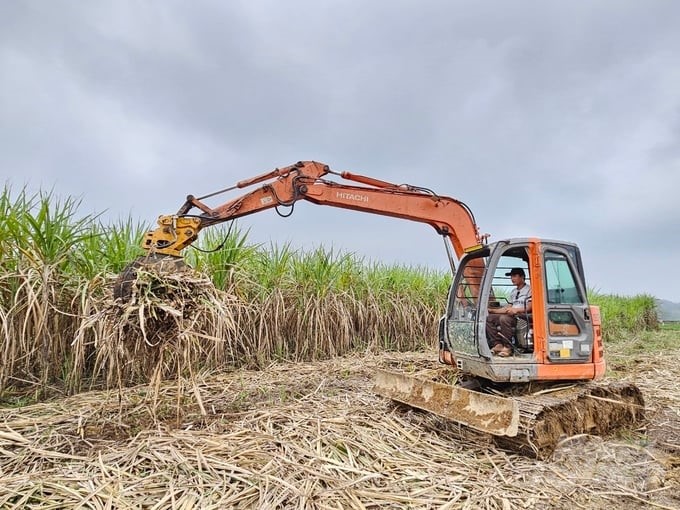
Mr. Che invested billions of dong to purchase machinery for sugarcane growing. Photo: Quoc Toan.
According to Mr. Che, sugarcane farming is not about applying theory to success. He learned about sugarcane growing mainly through experience and accumulated knowledge through training classes, seminars, etc. In the process of cultivating and caring for sugarcane, not everything is taught in books. He cited that in one year, sugarcane was attacked by beetles, causing damage to dozens of hectares. He learned from others the method of pouring oil into the gutter and lighting up the entire field to attract beetles. Before beetles could attack the sugarcane, they died because their wings were stuck when they fell into the water. Therefore, his sugarcane field was saved.
He emphasized that the principle of planting sugarcane is plowing deeply, harrowing carefully, and treating the soil before planting. In addition, for sugarcane to yield highly, it is necessary to choose good seed. Before planting, sugarcane nodes must be treated with lime water to remove pathogens.
He has a quite scientific way of making seeds. He self-propagated seeds by experimental planting of several hectares in a separate area. If the sugarcane grows well, then mass-propagate seeds for the next crop. After successful breeding, he saved hundreds of millions of dongs. In addition, he also provides seeds to neighboring households, with an average of about 40 tons of seeds/household/crop.

All stages of sugarcane growing are mechanized. Photo: Quoc Toan.
Thanks to synchronous mechanization, each year, Mr. Che harvests about 4,000 tons of raw sugarcane, bringing his family a revenue of more than VND 4 billion. After deducting expenses, his family earns a profit of nearly VND 2 billion/crop. Mr. Che's family is also one of the few households in Thanh Hoa province pioneering in investing billions of dong in purchasing machinery and vehicles to intensively cultivate sugarcane on large areas, bringing high efficiency.
In Tho Xuan district, the sugarcane "capital" of Thanh Land, Mr. Duong (Tho Lam commune, Tho Xuan district) has nearly 30 years of experience growing sugarcane. From the dry, sandy land, he turned this place into a rich place.
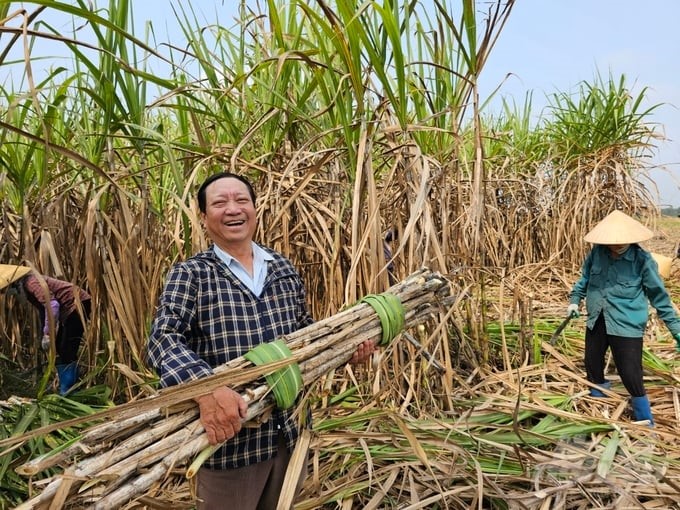
Mr. Dao Van Duong in hamlet 3, Tho Lam commune, Tho Xuan district (Thanh Hoa), is the household with the largest sugarcane area in Tho Lam commune. Photo: Van Hung.
Initially, the villagers thought he would go bankrupt because he suddenly spent a large amount of money to bid for land and hire workers to plow and harrow, while sugarcane prices in the early 2000s were quite low. He said that growing sugar cane is currently not as hard as before because the factory ensures product consumption, provides seeds, and supports fertilizer in the form of deferred payment. After many years of effort, he is proud that his sugarcane area is the largest in Tho Lam commune (about 15 ha).
He also struggled many times with sugarcane and experienced all the ups and downs of the sugarcane farming profession, but remained faithful to this crop for many reasons. First, people here consider sugarcane cultivation a lifesaver in the first years of innovation, and thousands of households in the district have escaped poverty thanks to sugarcane. On the other hand, the reputation of Tho Xuan land has been associated with sugarcane for decades, so it is impossible to abandon sugarcane immediately. If Mr. Duong abandoned the raw material area just because of immediate difficulties, he would be at fault with the factory and waste the effort his family had put into improving the land. The reason is also that behind him are dozens of families who regularly work for him.
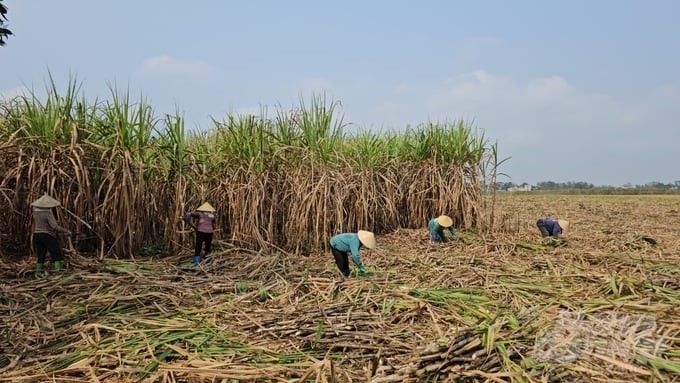
The average sugarcane output of Mr. Duong’s family reaches more than 1,000 tons/crop. Photo: Quoc Toan.
With sugarcane, he has never complained about difficulties; only irrigation work has given him headaches over the past few years. A few years ago, he spent several billion dongs to invest in a drip irrigation system, but it was not effective because the pipes were easily damaged when tilling land and exploiting sugarcane. He also proposed to the local government to extend the land lease period (instead of 5 years as before) to facilitate business accounting and investment, but his wish was not fulfilled.
He is now nearly 70 years old, with increasingly declining health, so he hired workers to do all the heavy work. During the sugarcane crop, he maintains 40–60 workers and pays about VND 6–7 million/person/month. For each sugarcane crop, he harvests more than 1,000 tons, with a revenue of VND 1.3 billion. After deducting expenses, he earns a profit of about VND 500 million/year. For him, growing sugarcane is not only for a source of livelihood but also for maintaning a symbol of the land of outstanding people.
To implement solutions for sustainable development of the sugarcane industry, Thanh Hoa province has supported funding for the introduction and testing of new varieties (VND 200 million/variety); for seed production using the tissue culture method (VND 1,000/tree); for purchasing sugarcane harvesters (maximum VND 1.5 billion/machine); and for sugarcane field surface irrigation systems (VND 15 million/ha).
As of now, the whole province has successfully introduced and tested six new sugarcane varieties, produced 10.3 million sugarcane seedlings, supported nine sugarcane harvesters, and applied field surface irrigation systems to 1,502 ha of sugarcane.
Besides, the integration of programs and projects in the province (new rural construction, ADB6 program, etc.) and all sugar companies having support policies at the level of VND 80–100 billion/production area/year contributed to stabilizing raw material areas, improving efficiency in sugarcane production, and maintaining raw sugarcane areas during difficult periods.
Translated by Huyen Vu Thu
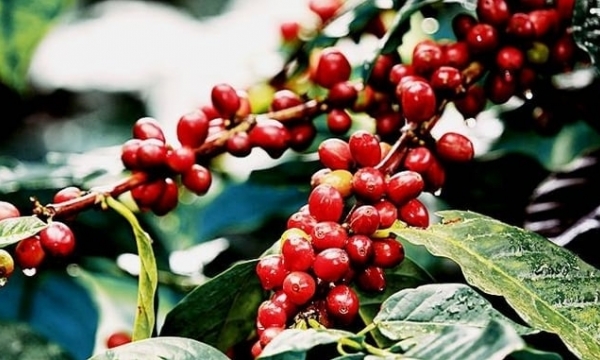
(VAN) Coffee prices on 05/10/2024 continued to rise for the second day. Domestic coffee prices increased by VND 2,500, trading at VND 99,500 - VND 100,000/kg.
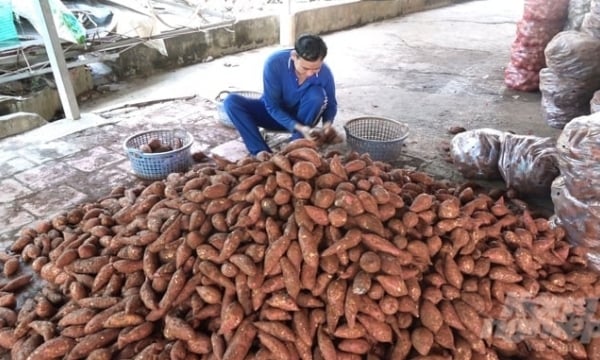
(VAN) farmers in Vinh Long province have stated that the price of sweet potatoes is currently high, with growers making a profit of around VND 400,000/ quintal.
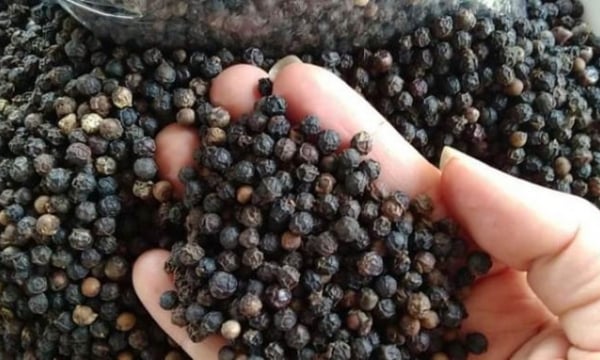
(VAN) Domestic pepper prices continue to rise sharply on 05/09/2024. The current price is trading around the range of VND 103,000 to VND 104,000/kg.
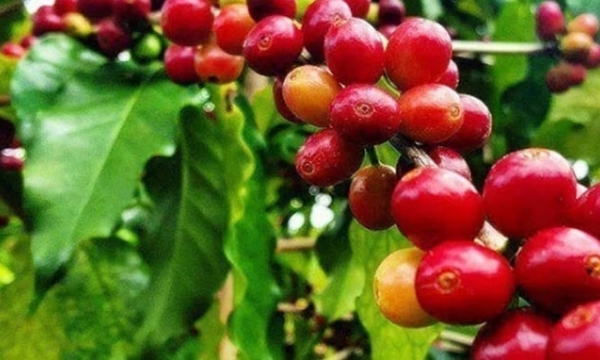
(VAN) Coffee prices on 05/07/2024 declined sharply. Domestic coffee prices have decreased by VND 1,000, trading around VND 99,000-VND 100,500/kg.
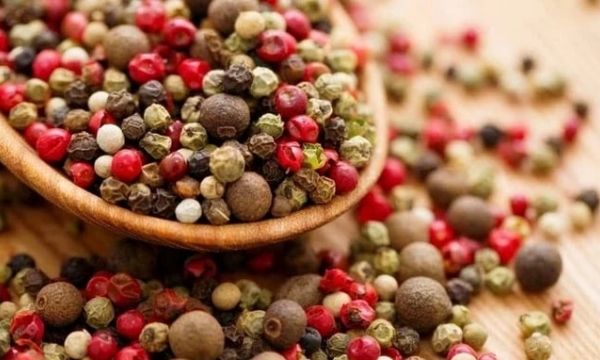
(VAN) Pepper prices on 05/05/2024 increased by VND 2,000 - 4,000, reaching VND 103,000 - 104,000/kg. Domestic pepper prices surged by VND 6,000/kg.
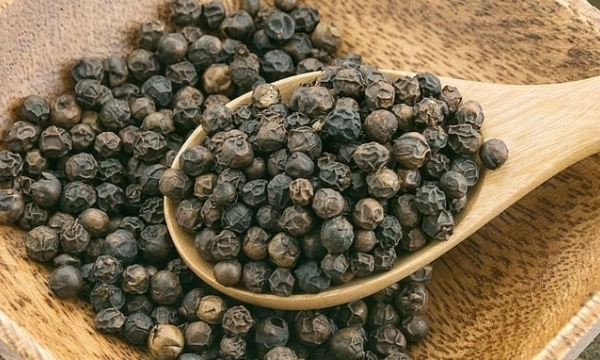
(VAN) Pepper prices on 05/04/2024 increased by VND 1,000. As a result, the domestic pepper price has reached the range of VND 100,000 - 101,000/kg.
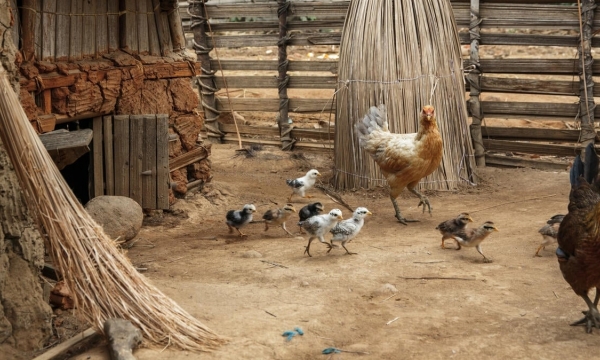
(VAN) Rising international quotations for meat, cereals and vegetable oils offset drops for dairy and sugar.